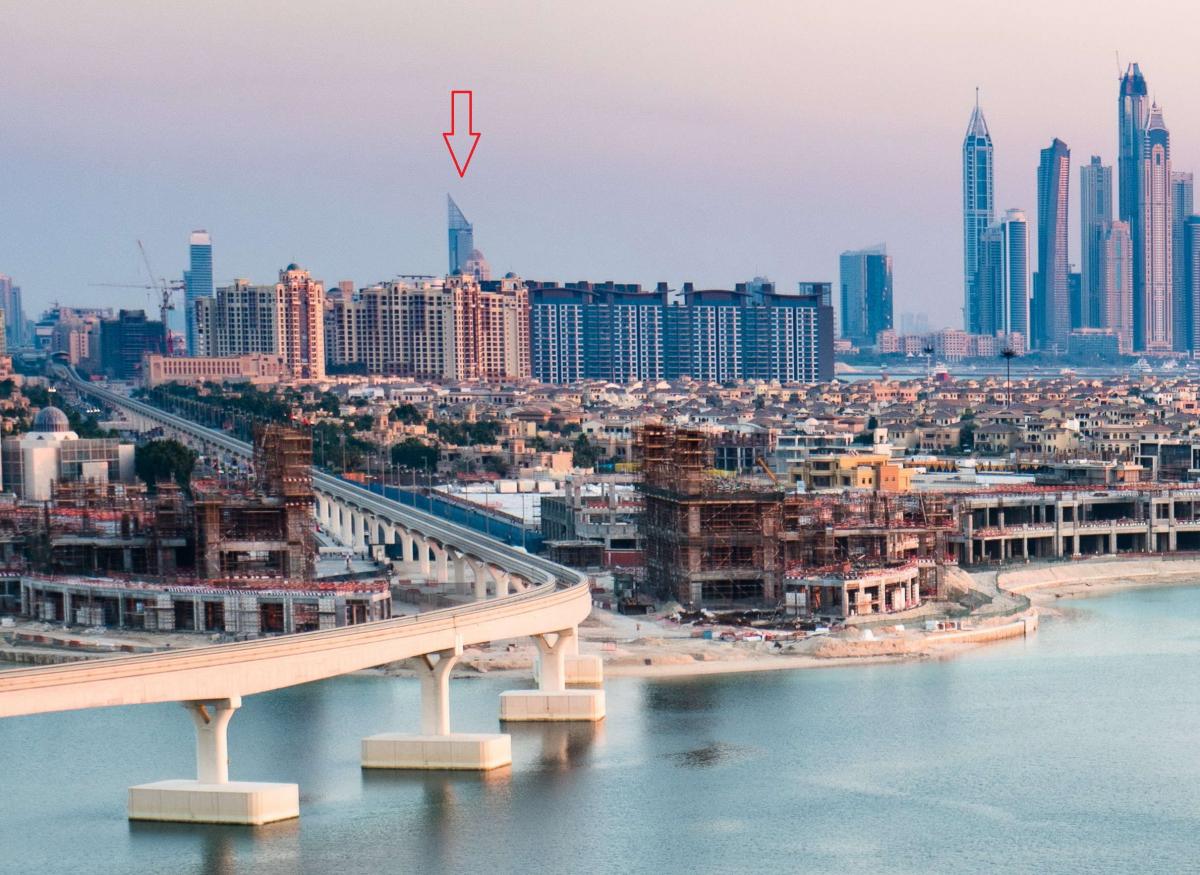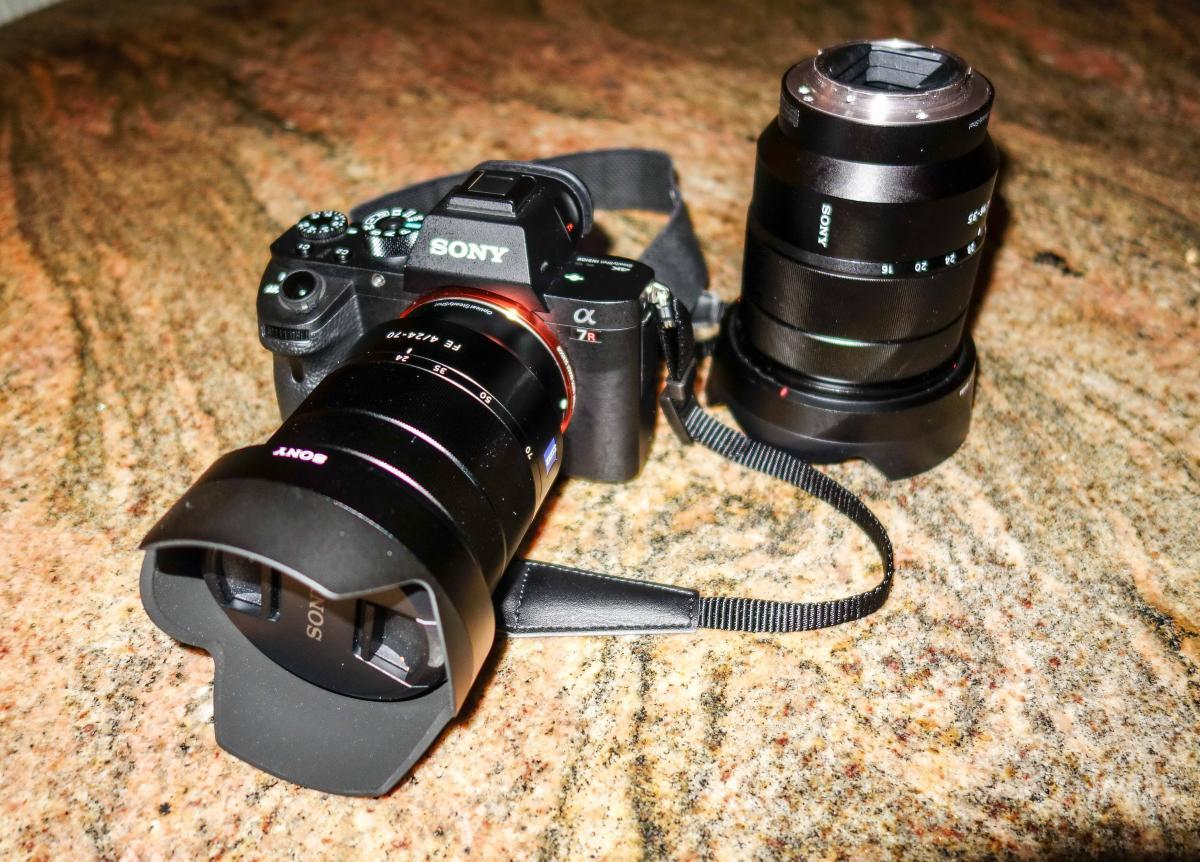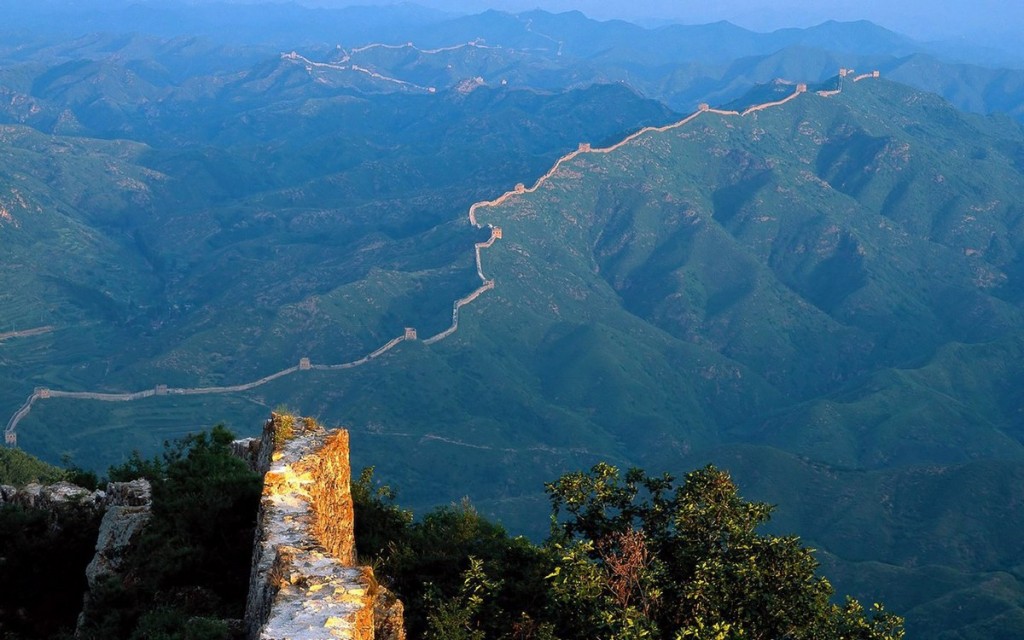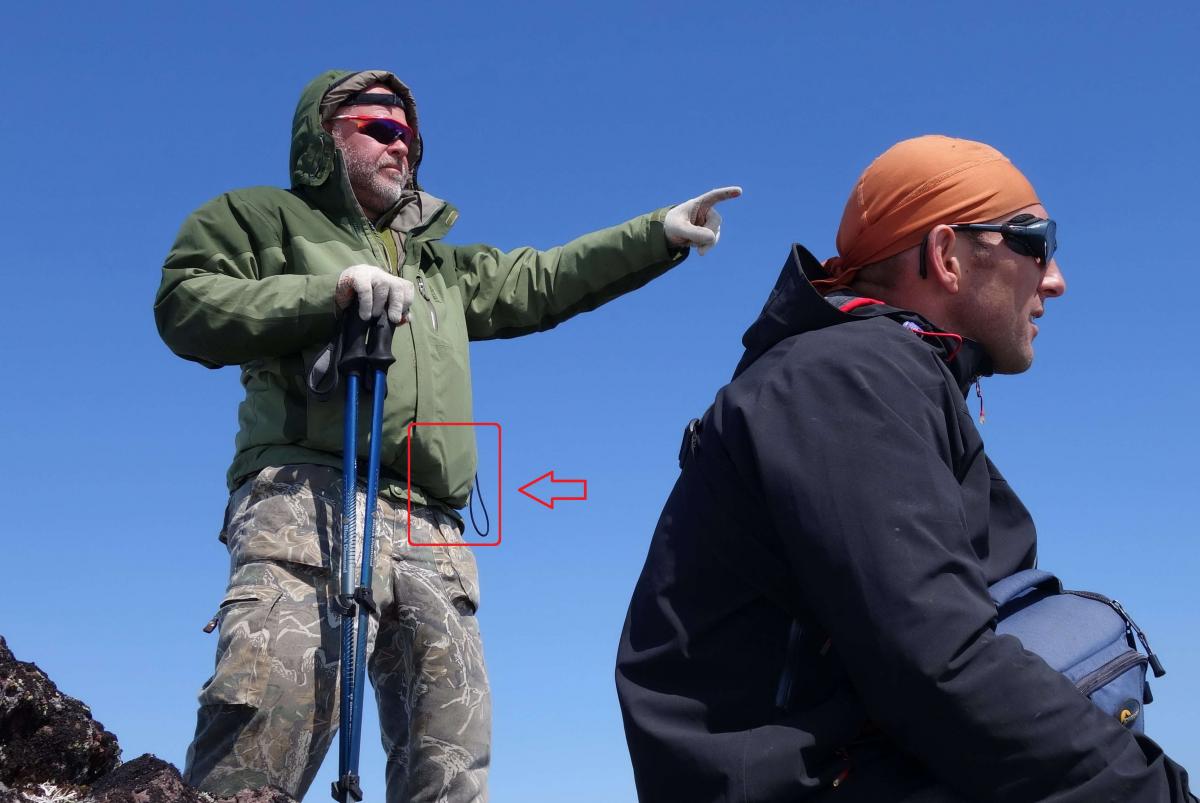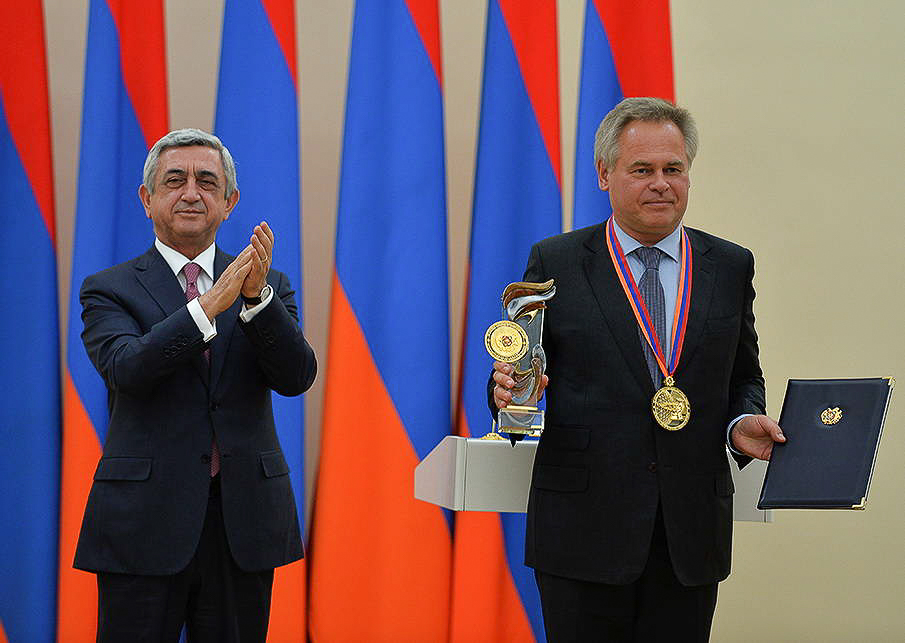December 22, 2015
A Great Big Conference in China.
I have just attended a Very Interesting Conference, namely the World Internet Conference 2015 in China. You can find out more about the conference in the news (if you’re interested), but I have my own story to tell.
The event took place in the historic town of Wuzhen, which was closed and cordoned off in its entirety so it could receive high-ranking guests, including presidents, prime ministers and China’s Chairman Xi in person. I fell asleep on my way from Shanghai to Wuzhen, so I don’t know exactly how many security cordons we crossed. The roads in Wuzhen were empty, the clouds had been dispersed (or they may have dispersed of their own accord, I’m not sure). The weather was bright, bordering on frosty, and the heat-loving locals were wrapped up in coats and scarfs.
The first day of the conference was a killer.
The action started at 8.00 in the morning and finished at 11:30 at night. “I almost died” (c). However, I did meet some very interesting people :) and made an important business announcement.
On the second day, I managed to find some time to wander around this remarkable place as a tourist. It was very interesting. On the Web Wuzhen is dubbed ‘The Chinese Venice’. Yes, the principle is the same as Venice, with canals, bridges and boats, but all with a Chinese flavor and much smaller in scale. You can stroll around the whole of the old town in just 2 or 3 hours, and that’s taking plenty of time for pictures.
https://www.instagram.com/p/_Zevp2uiYK/

